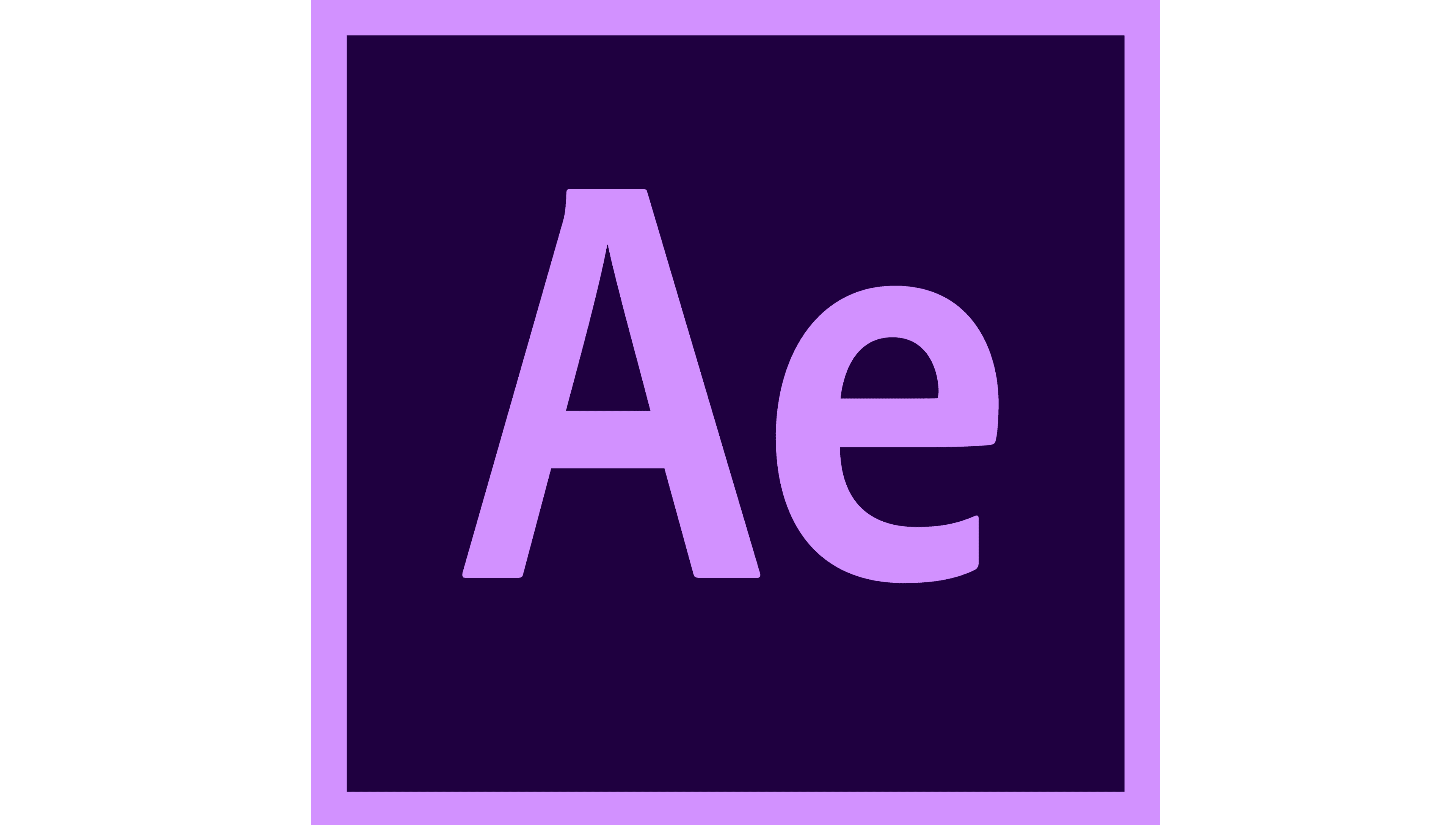

#After effects effects pro#
Premiere Pro makes it less time-consuming to render video than After Effects.Even though industry professionals use the program, they still swear by Premiere Pro's simple drag-and-drop video timeline. It has an intuitive and easy-to-understand layout, so it's ideal for beginners. Adobe Premiere Pro is much easier to pick up than After Effects.
#After effects effects how to#
This alone is a compelling reason to learn how to use it. If you know how to use Adobe After Effects, you’ll master Premiere Pro quickly. The entire program is designed with video editing in mind.

Text Animating is rather basic in Premiere Pro, but incredibly robust in After Effects.The legacy of being part of After Effects means it’s generally better – but that gap is closing. This has been a staple feature in After Effects forever, whereas Premiere Pro introduced color correction much later. You can achieve color correction in both Premiere Pro and After Effects.However, After Effects allows more in the way of precision, control, and tools to do it frame-by-frame, resulting in a much smoother look. Both After Effects and Premiere Pro can perform video masking.That's because it was designed with this kind of work in mind.

Suppose you want to add visual effects such as outlines, explosions, movement tracking, or something like that.
#After effects effects software#
Rotoscoping using After Effects can make literal cartoons with the software – you can't really do this with Premiere Pro.

It features a simple timeline with multiple videos and audio channels like After Effects, it’s non-linear and non-destructive. What is Premiere Pro used for?Īdobe Premiere Pro is a video editing program widely regarded as one of – if not the – best in class. In this case, using After Effects alongside Premiere Pro would make a more fluid video production workflow. But many would find the system slow, especially as it lacks the simple timeline features that Premiere Pro offers. That’s not to say you can’t edit videos, as After Effects does have basic editing functionality. This means any changes you make to a piece of content won’t affect the source file, so you can pile on a bunch of effects without worrying about ruining the original content. It also boasts a non-destructive, non-linear workspace. Due to the nature of these features, most of the work that people do in After Effects is post-production. Motion graphics, special effects, text effects – you name it. After Effects, and the best way to get started! What is After Effects used for?Īfter Effects specializes in digital motion graphics, covering everything from simple animations to complex, high-end graphic sequences. Sometimes, it comes down to personal preference – if you're familiar with one program, you’re more likely to use it if it accomplishes the task.īut let’s break this down and discuss the benefits of each tool, who wins when it comes down to Premiere Pro vs. Each comes with a specialty, and some people exclusively use one over the other. So, what’s the difference between Premiere Pro and After Effects? The former is a video editing tool, while the latter was built with visual effects in mind. Which is better: After Effects or Premiere Pro? If you’re a beginner, it can be tough to choose between them. Which is better? You can use both tools for various video production tasks, but each has its specialty. Yep, it’s time to discuss Adobe Premiere Pro vs. So, what's the difference between Adobe Premiere Pro and Adobe After Effects, when should you use which software? Let's get into the nitty-gritty of Adobe's frontrunner post-production apps. Choosing your video editing software is an integral part of the post-production process.


 0 kommentar(er)
0 kommentar(er)
